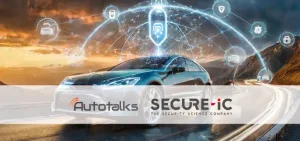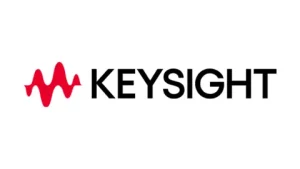By: Jeffrey Fefer, Autotalks’ Technical Marketing Director
The promise of connected cars and the cooperative safety revolution it brings is materializing before our very eyes as these lines are written. More and more carmakers are adopting V2X, and infrastructure is being deployed around the world.
Drivers of vehicles equipped with V2X benefit today from improved safety as this technology provides early warning of objects and hazards hidden from view. As with most communication technologies, V2X enjoys the “network effect”: As more and more users are added, the benefit for each user increases. For this reason we expect widespread adoption of V2X in the near future.
Underlying this revolution are a solid set of standards, as well as the appropriate regulation and radio spectrum allocation in each of the different regions and markets. In some regulatory areas (e.g., the EU) DSRC is the V2X radio technology of choice, while others (e.g., China and the US) chose C-V2X. Both standards provide excellent support for today’s V2X applications and provide a good foundation for further development.
But this is just the beginning. The potential for more advanced use-cases and applications is great. New applications will require more advanced technologies to support them.
Let’s take a closer look at the evolution of V2X applications, and consider its implications.
In the V2X community, it is common to classify applications into stages, or “days”, according to their complexity and their deployment schedule. Today’s applications are “Day-1”, and they are characterized by each vehicle broadcasting data about itself; such as location, heading, speed, and braking status.
Day-1 applications can help prevent collisions by giving drivers early warnings about dangerous situations involving other vehicles; these applications also provide warnings from infrastructure about traffic light status and hazards in the near vicinity. The current V2X standards (IEEE 802.11p, 3GPP Release 14 PC5 channel) were developed and tested for these cases.
The next stage in V2X evolution is Day-2 applications. These involve vehicles sharing information not only about themselves but also about objects they detect using the vehicle’s sensors. For example, a vehicle equipped with cameras or a radar could detect pedestrians and inform others of their presence; this way, drivers with no line of sight to the pedestrians or just unaware of their presence will get early warnings to avoid a possible accident. The potential to save lives is immense.
However, these applications bring with them some additional technical requirements. Most obvious is the need for higher bandwidth. Day-1 applications send messages which are relatively short on average. In Day-2 many more objects have to be reported, and for this reason, the average messages are much longer. Just imagine any busy city intersection in the middle of the day; besides cars, it is full of pedestrians, e-bikes, and e-scooters. Even accounting for duplication prevention algorithms, it is clear that the current V2X standards do not have the capacity to deal with this scale.
On an even more complex level, there are Day-3 applications. Beyond preventing accidents, V2X can contribute to making traffic flow smoothly, by allowing vehicles to coordinate their movements. This allows prevention of sudden braking and acceleration, as well as efficient sharing of the road in situations such as lane merging or intersection crossing. The benefits for energy consumption and time savings are very significant.
To support these kinds of applications, the communication networks will need some capabilities which are lacking in today’s standards. For example, many of these cases involve a “negotiation” between two or three parties. Therefore, built-in unicast or groupcast addressing modes would be very useful (including message acknowledgment mechanisms), in addition to broadcast which is used in Day-1 applications.
The next part of this blog will elaborate on the new radio technologies which are meant to support these use-cases, and how they are expected to be deployed in practice.






